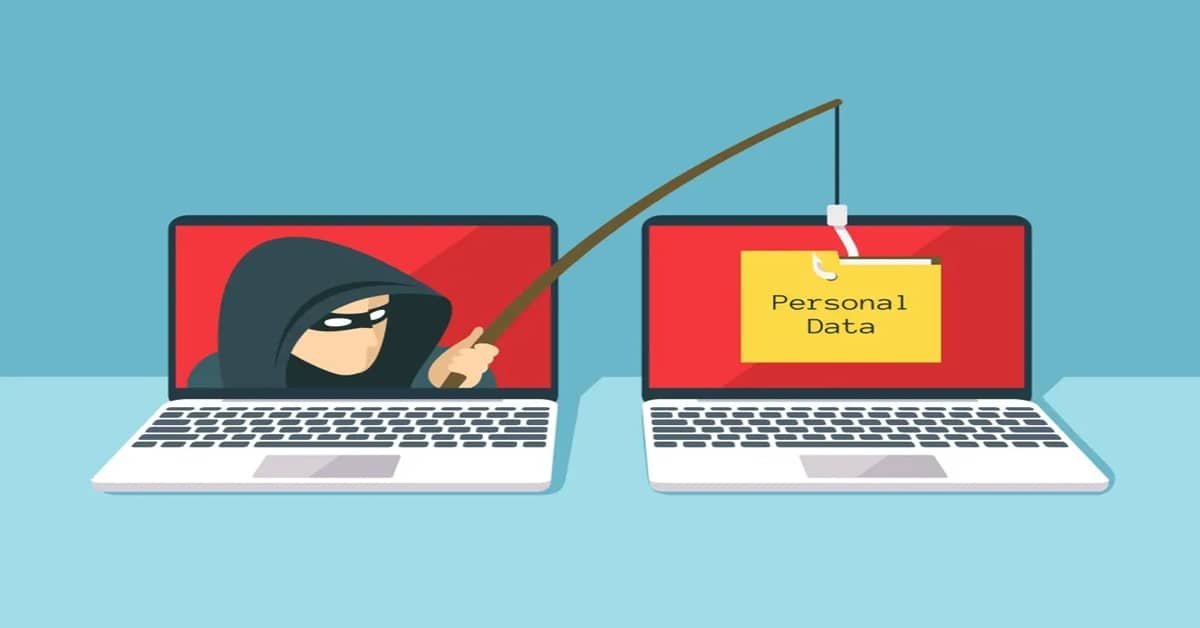Understanding Phishing Attacks and How to Prevent Them
In an increasingly digital world, advancements in technology continue to shape the way we communicate, work, and conduct our daily lives. However, with these advancements, there has also been a surge in cyber threats. One of the most prevalent and damaging of these threats is phishing. This blog post delves into what phishing attacks are, the various types of phishing, their motivations, and most importantly, how individuals and organizations can effectively prevent them.
What is Phishing?
Phishing is a type of cyber attack where attackers attempt to deceive individuals into providing sensitive or personal information. This can include passwords, usernames, credit card numbers, or any other confidential data. Typically, phishing is executed through deceptive emails, instant messages, or websites that look authentic but are designed to trick users.
Phishing attacks exploit human psychology by preying on emotions such as urgency, fear, or curiosity. This is why they often employ tactics like alarming subject lines or enticing offers to prompt immediate action from the recipient, who may not thoroughly scrutinize the message’s authenticity.
Types of Phishing Attacks
Phishing attacks are not one-size-fits-all; they come in various forms, each with its own tactics and objectives. Here are some common types:
1. Email Phishing
The most well-known form, email phishing involves sending fraudulent emails that appear to originate from reputable sources. These emails often contain links or attachments that, when clicked, direct the user to a fake website resembling a legitimate one where credentials or personal information can be stolen.
2. Spear Phishing
Unlike general phishing attacks, spear phishing is highly targeted. Attackers research their victims to create tailored messages that appear credible. This method often involves using information from social media to make the attack more convincing, thereby increasing the likelihood that the victim will fall for the ruse.
3. Whaling
Whaling is a type of spear phishing aimed at high-profile targets such as executives or key figures within an organization. Given the significance of the target, whaling attacks can be significantly more damaging and are often more sophisticated than regular phishing attempts.
4. Vishing (Voice Phishing)
Vishing involves the use of phone calls instead of emails. Attackers impersonate legitimate representatives from banks, companies, or government institutions to convince users to share sensitive information over the phone.
5. Smishing (SMS Phishing)
This method involves sending deceptive text messages that appear to be from reputable sources. Like email phishing, the goal is to lead users to malicious websites or prompt them to provide personal information.
6. Clone Phishing
In this approach, attackers create a near-identical copy of a legitimate message that the victim has received in the past. The difference is that the attachments or links have been replaced with malicious versions. Recipients of the clone phishing message are less likely to be suspicious since they believe they are opening an email they have already received.
Motivations Behind Phishing Attacks
Phishing attacks come with a range of motivations, which can include:
- Financial Gain: Many phishing attacks aim to acquire personal financial information, such as credit card numbers or banking login information, which can lead to financial theft.
- Identity Theft: Attackers may aim to gather information to impersonate someone, which can have serious consequences for the victim.
- Data Breaches: Corporations are often targeted for sensitive information that can be sold on the dark web or used for competitive advantage.
- Malware Distribution: Some phishing attacks aim to install malware on the victim’s device to gather information, monitor activities, or encrypt files for ransom.
How to Prevent Phishing Attacks
With the rise in phishing attacks, understanding and implementing preventive measures is crucial for individuals and organizations alike. Here are several effective strategies:
1. Educate and Train Users
Education and training are fundamental in building awareness among employees, as user awareness can significantly reduce the chances of falling victim to phishing. Regular training sessions, including simulated phishing exercises, can help in honing recognition skills for phishing attempts.
2. Implement Email Filtering
Utilizing advanced email filtering solutions can help identify and block phishing emails before they reach the inbox. These systems can analyze incoming emails for suspicious links, known phishing tactics, and phishing signatures to lessen the chances of exposure.
3. Verify Sources
Users should always verify the source of any communication, especially if it requests sensitive information. Calling a known, trusted number of the bank or company rather than responding to the email can resolve any doubts about the legitimacy of the request.
4. Use Multi-Factor Authentication (MFA)
Implementing MFA adds an additional layer of security. Even if a potential attacker obtains a user’s password through a phishing scheme, they would still need the second factor (such as a text message or authentication app) to gain access.
5. Keep Software Up to Date
Ensuring that all systems and applications are up-to-date is essential in protecting against vulnerabilities that attackers may exploit. Regular installation of security patches can fortify defenses against phishing and other cyber threats.
6. Monitor Accounts Regularly
Regularly checking bank, credit card, and online accounts for suspicious activity can help in early detection of fraudulent behavior. Quick action can limit damage if unauthorized transactions are spotted.
7. Be Wary of Links and Attachments
Users should exercise caution before clicking links or downloading attachments from unsolicited emails. Hovering over links before clicking can reveal their true destination, helping to identify potentially malicious sites.
8. Support Software to Detect and Block Phishing
Using dedicated cybersecurity software that detects, blocks, or warns users about potential phishing threats can be a proactive measure to enhance security.
Conclusion
Phishing remains a prevalent and dangerous cyber threat, evolving constantly with new techniques designed to trick unsuspecting users. Still, with awareness, education, and a proactive approach to cybersecurity, individuals and organizations can mitigate the risks associated with phishing attacks. By understanding what phishing is, recognizing its forms, and implementing sound preventative measures, it is possible to navigate the digital world more safely and securely, protecting personal and organizational data from deceptive hands. Remember, vigilance is key in defending against these persistent attacks. Stay informed, stay safe.


